 |
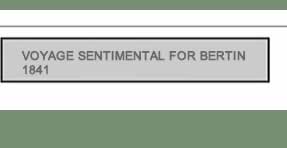 |
 |
|||||||||||||||||||||||||
 |
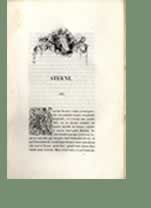 |
 |
 |
||||||||||||||||||||||||
 |
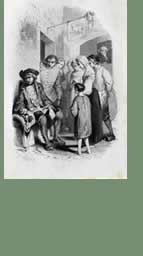 |
 |
 |
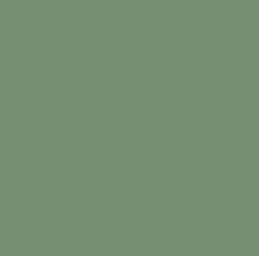 |
|||||||||||||||||||||||
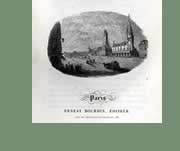 |
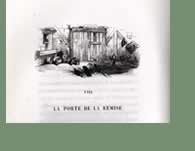 |
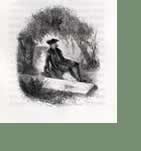 |
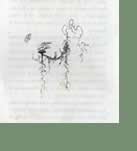 |
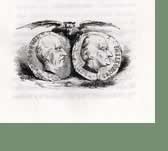 |
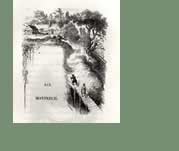 |
||||||||||||||||||||||
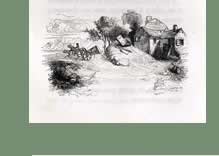 |
 |
 |
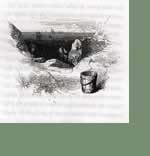 |
 |
|||||||||||||||||||||||
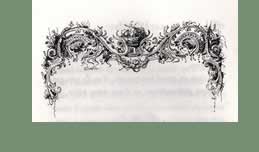 |
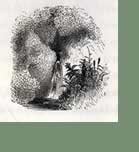 |
 |
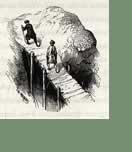 |
 |
 |
||||||||||||||||||||||
 |
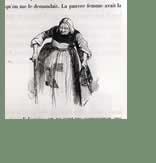 |
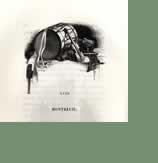 |
 |
 |
 |
||||||||||||||||||||||
The book measures 25 x 17cms, and is generally no more remarkable than any other Johannot illustrated project- with the usual stilted badly drawn figure groups, individual figures with uncertain necks and articulations at wrist and ankle. The saving grace, apart from the Sterne text, is the contribution of Charles Jacque, not exactly himself a stranger to the formulaic. Charles-Emile Jacque, 1813 - 1894 is best known as an animalier, a delicate interpreter of small corners of nature. His vignettes and chapter headings for the Sterne are often intensely felt and imagined with no cutting of corners. Above all his sombre still lives are magnificent, his vast landscapes on a tiny scale a miracle of compression and economy. During his early apprenticeship and seven years of military service, he was trained as a cartographer, and there is some of this in his smaller illustrations to Sterne. He is known as a founder member of the Barbizon School,even buying a house at one stage in the village, and as an artistic correspondent/ engraver for La Charivari in London for two years. The spirit of Barbizon pervades his images on detritus in the farm yard, and perhaps in the single page print of the different types of Voyaging, a real attempt at a visual taxonomy (see above).
self portrait in 1861 |
